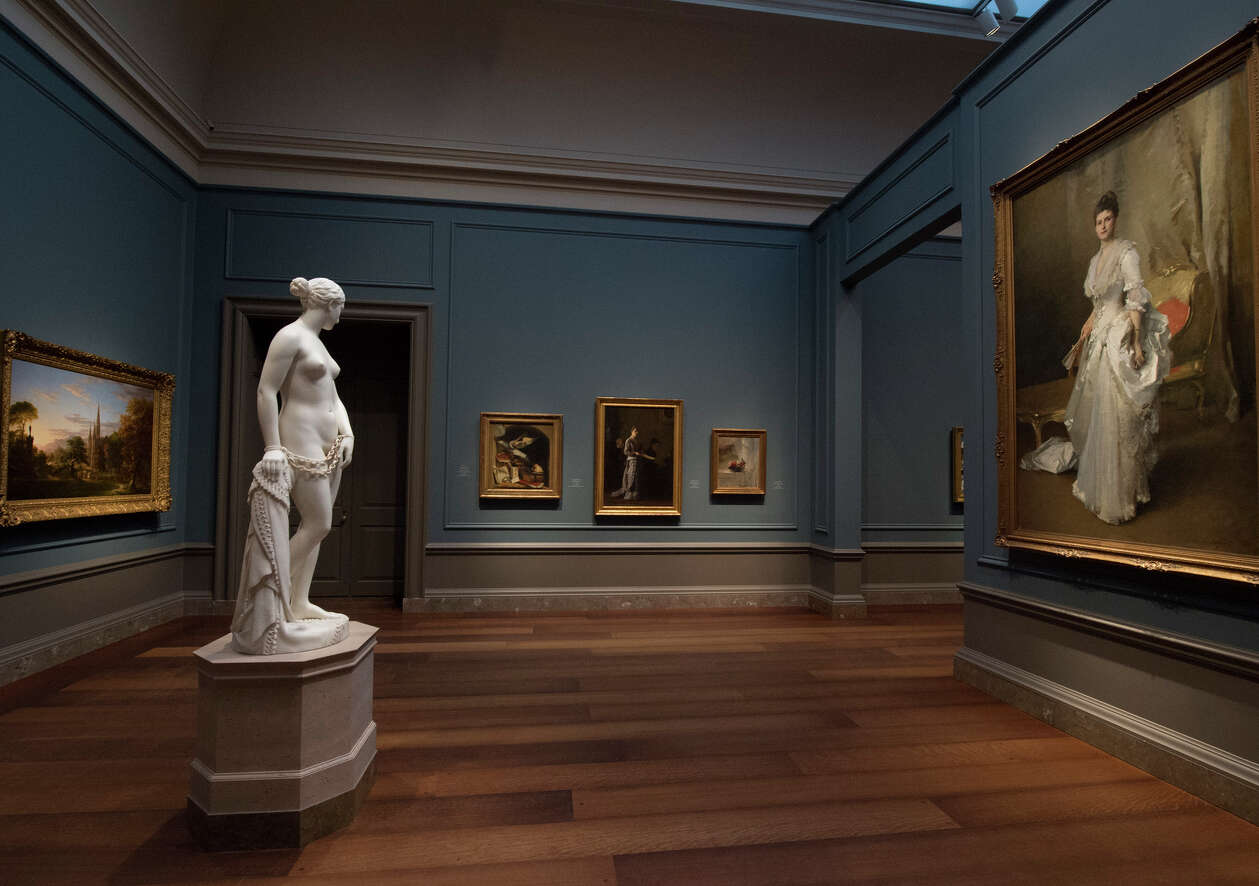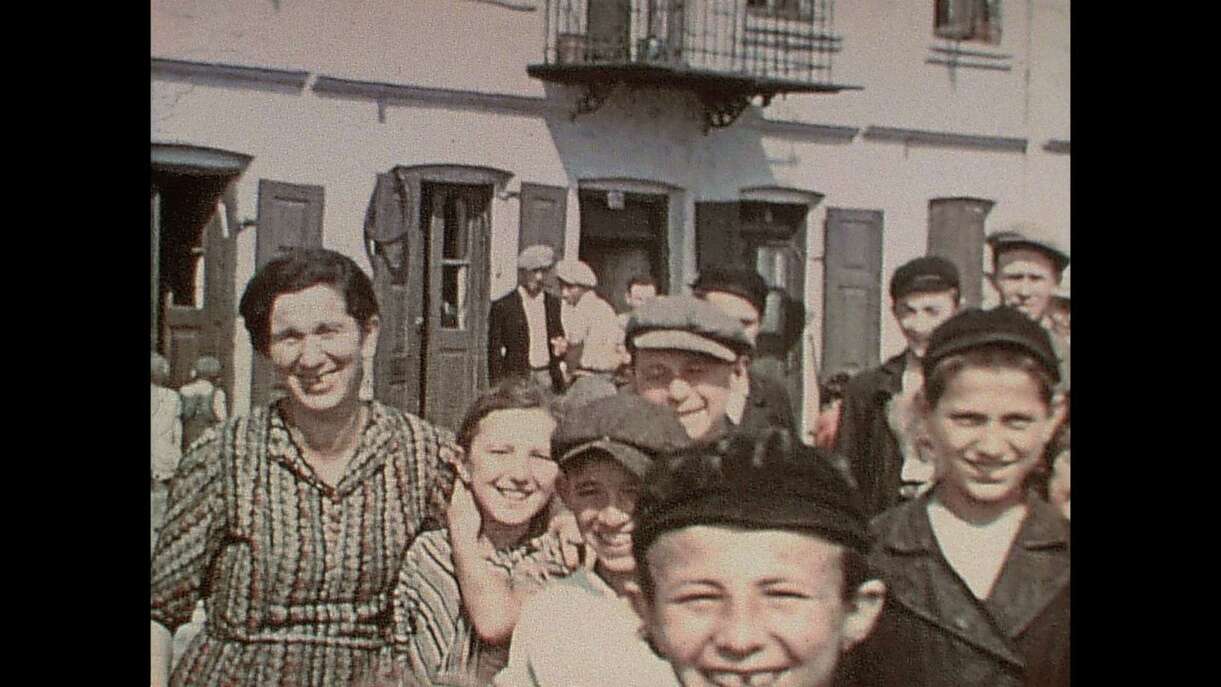ART & GALLERIES
Death of Corcoran Gallery leaves
big task of redistributing art

WASHINGTON — In the six months since a
court allowed the Corcoran Gallery of Art here to dissolve, a victim of
financial struggles, about 17,000 works in the museum’s overall collection — by
masters like Degas, Sargent, Albert Bierstadt and Cy Twombly — have been in a
highly unusual institutional limbo.
Their fate is
being adjudicated by a group of veteran curators from the National Gallery of
Art, which agreed last February to bring as many Corcoran pieces under the
museum’s own roof as appropriate and to help find homes for others in
Washington-area public collections.
On Thursday, the
National Gallery announced that almost 6,500 works had been taken into the
overall collection so far. The museum’s holdings of 1,215 American paintings
alone will grow by 226, including beloved works like Frederic Edwin Church’s
1857 “Niagara,” a 7½-foot-wide blockbuster that Nancy Kay Anderson, the curator
of American and British paintings at the National Gallery, refers to as “our
'Niagara’ problem” because it is so important and so large that paintings at
her museum will almost certainly have to move or go into storage to accommodate
it.
The process that
has been under way behind closed doors at the National Gallery — one large
museum essentially digesting another of considerable size — is, in its scope
and particulars, unlike anything an American museum has undertaken before.
While some
curators are still months away from making final decisions, the sheer number of
works chosen by the National Gallery so far is staggering. The additions will
be transformative, particularly enhancing the museum’s reputation for American
art, and they will fill in historical gaps elsewhere.
Among the firsts
for the National Gallery collection are two bronzes by Frederic Remington, an
important work by the sculptor Hiram Powers and work by Betye Saar, the Los
Angeles artist. But there are also works being turned away, like a George Peter
Alexander Healy portrait of President James Buchanan, which curators said would
be better served at the National Portrait Gallery.
“There’s really
no model for this,” said Judith Brodie, the National Gallery’s curator of
modern prints and drawings, whose task of sorting and deciding is numerically
the biggest because of the size of the Corcoran’s collection of works on paper.
She called her list “the Bible” — a weighty compendium of some 9,000 prints and
drawings amassed over more than a century before the museum closed its doors
last year.
Determining contents
From July
through December 2014, Brodie and other staff members spent every day of the
workweek, from morning to evening, inside a cramped Corcoran storeroom trying
to determine what precisely was in the collection and where to find it in
drawers and boxes that had not been extensively cataloged in years.
The National
Gallery’s job is made more difficult because, unlike other American museums, it
has a general policy against deaccessioning works that it brings into its
collection, for any reason, meaning that — as Anderson said — “it’s a forever
decision” that curators are making on a vast scale. (None of the rejected works
will be sold but will be given to neighboring institutions.)
“This is two
collections coming together, but with no new walls to hang them on,” Anderson
said. As she admired “Niagara” one recent afternoon, she was holding a
photoshopped image she had created depicting two other Corcoran paintings, one
by John Singleton Copley and one by Joseph Blackburn, inserted on a wall among
three paintings from the National Gallery’s collection. She wanted to get a
sense of whether the grouping functioned as a party or more like a crowd.
Through the
absorption, the museum — oddly, for a federally funded institution that many
Washington visitors think of first as a repository of American art — will get
its first Remington bronzes (two striking, important early casts), only its
second Edward Hopper painting and its first substantial piece by Bruce Nauman,
one of the most influential contemporary artists of the past few decades.
The additions to
the museum’s collection, some of which will begin to appear in the permanent
galleries by the summer, will also greatly bolster the National Gallery’s
modern and contemporary holdings, its photography collection and its
representation of female and African American artists. For example, the museum
will take intact the Evans-Tibbs Collection, a major trove of African American
art donated to the Corcoran in the 1990s by the Washington collector Thurlow
Evans Tibbs Jr.
“The Corcoran
was, I would say, ahead of the game for many years in collecting work by women
and African Americans,” said Brodie, standing one recent afternoon in front of
a lively 1981 collage by Saar.
Sadness, distrust
Longtime patrons
and defenders of the Corcoran Gallery, which was one of the nation’s oldest
privately supported museums, have viewed the National Gallery’s winnowing with
sadness and also with distrust, partly because no information has been released
about the process until now.
National Gallery
officials said that was because they did not want the selection of works to
turn into an emotional public referendum, but also because they wanted to give
the museum’s curators — working with former Corcoran Gallery curators, hired
temporarily during the transition — the time and latitude they needed.
In interviews
with a half-dozen curators, information about which works were coming into the
collection was plentiful, while definitive decisions about rejections remained
vague, partly because the job is still far from done. But much of the
Corcoran’s collection of antiquities will be sent elsewhere, officials said,
because the National Gallery does not collect antiquities.
Jayme McLellan,
a leader of Save the Corcoran, an advocacy group that filed an unsuccessful
suit to block the dissolution, said: “The National Gallery has paid a lot of
lip service to the notion of preserving the Corcoran’s legacy, but in the end
all that’s going to be left of a legacy is a few works and wall labels. The
National Gallery is just cherry-picking the best works. Someone’s going to look
at the wall labels someday soon and say, 'What was the Corcoran?’”
Earl A. Powell
III, the National Gallery’s director, said the museum was disheartened at being
portrayed over the last several months as a vanquisher of the Corcoran instead
of as the savior of thousands of its works.
“We weren’t part
of the dialogue of takeover,” Powell said. “We really came in after the
situation became fundamentally untenable.”
The cost to the
National Gallery so far in absorbing the collection has been between $3.5
million and $4 million, he said, generated mostly through private donations; it
will also pay to renovate galleries in the Corcoran’s Beaux-Arts building on
17th Street to exhibit modern and contemporary art and to create a Corcoran
legacy gallery, though it remains unclear how that gallery will function.
'Monster jigsaw puzzle’
Of the process
of what he called “digesting the collection,” Powell added: “This is like
putting together a monster jigsaw puzzle. I don’t know of anything I can
compare it to. But it’s really, in a way, an old-fashioned connoisseurship
project, and one of the good things is that we haven’t had to do it quickly.”
Sarah Cash, a
former curator of American art at the Corcoran who has been helping Anderson in
the vetting process, said that after spending 16 years coming to know many
paintings in the Corcoran’s collection thoroughly, deciding among them has been
hard. “It’s a little bittersweet, but we’re all talking about moving forward
and working together,” she said. “It is exciting to see some of them in a new
context here.”
Even for the
National Gallery curators, the responsibility of dismantling and assessing a
145-year collecting history — the banker William Wilson Corcoran often bought
pieces directly from the studios of now-canonical American artists — has been
wrenching at times.
“What we accept
here is always of the highest standard,” said Arthur K. Wheelock Jr., the
National Gallery’s curator of Northern Baroque paintings. “We want to maintain
that. That’s who we are. But there’s a balance you want to strike of doing honor
to the Corcoran while upholding your standards. And that means there are gray
areas around the edges and we’re all still figuring out how to deal with them.”
For work by
artists who are no longer among the living, the gray areas will be hard enough
to navigate. But because the Corcoran collected contemporary art almost up to
the end, the process will also affect living artists, who will be in the
unpleasant position of seeing a work that was once accepted by a museum be
rejected by another.
“I think there
are some names that are very young and they probably need to have a longer
track record and be more seasoned,” said Harry Cooper, the National Gallery’s
curator of modern art, declining to name examples. “It will not be easy for
anybody.”



